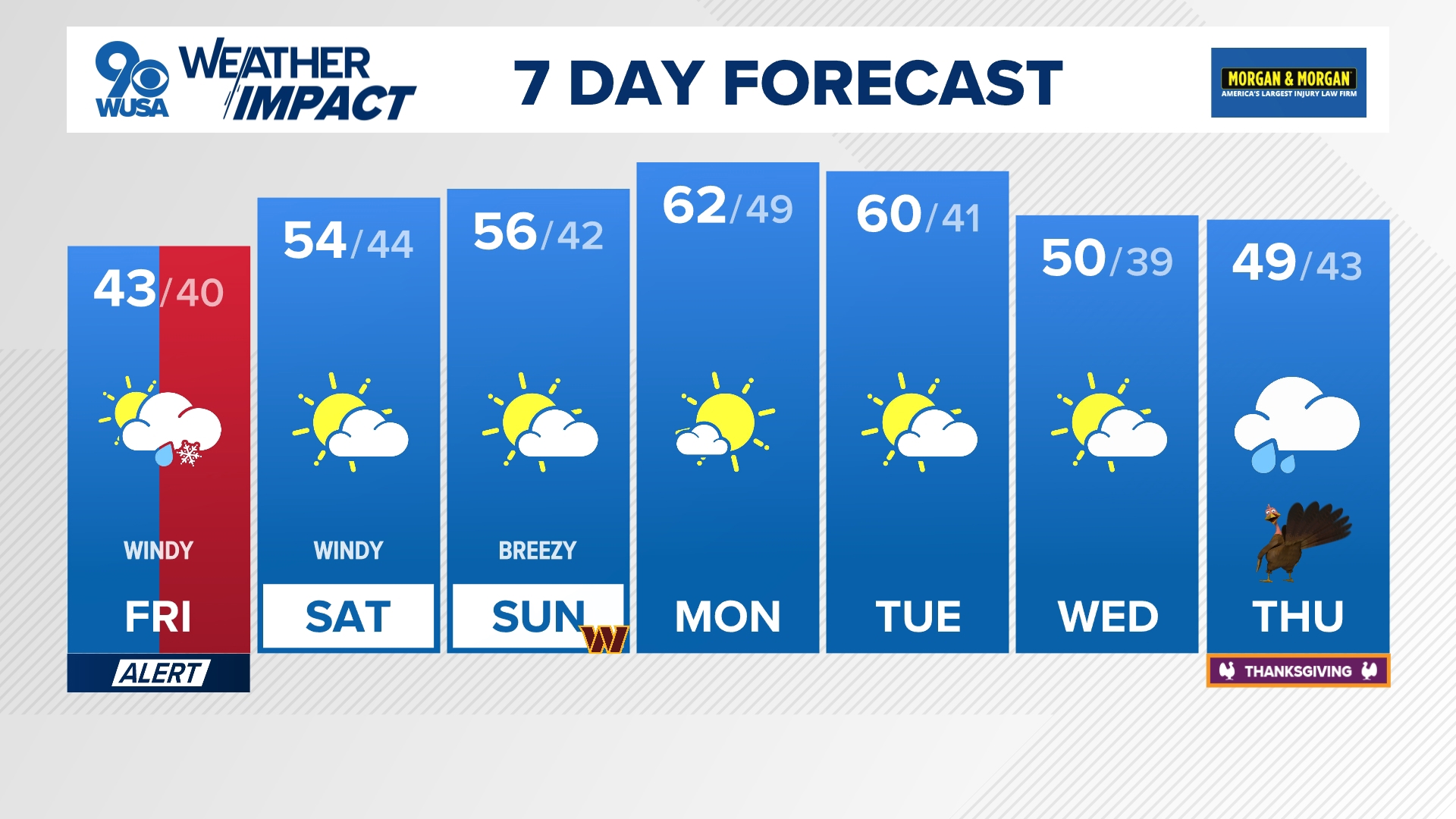![AP SEVERE WEATHER MARYLAND A WEA USA MD[ID=16874531] ID=16874531](http://www.gannett-cdn.com/-mm-/ef6c6c3b2d011155f86399fce6a9a18c290aba77/c=196-0-1403-1032/local/-/media/USATODAY/None/2014/10/07/635482988120976388-sealevel052014-010.jpg) It doesn't take a storm to cause destructive flooding.
It doesn't take a storm to cause destructive flooding.
Rising sea levels are causing more frequent high-tide floods even on completely clear days on the East and Gulf Coasts, says a report out Wednesday from the Union of Concerned Scientists.
In the next 15 years or so, many towns and cities could see a tripling in the number of high-tide floods each year. In 30 years, a whopping tenfold increase is possible.
"Several decades ago, flooding at high tide was simply not a problem," said Melanie Fitzpatrick, a report co-author who is a climate scientist at UCS.
"Today, when the tide is extra high, people find themselves splashing through downtown Miami, Norfolk and Annapolis on sunny days and dealing with flooded roads in Atlantic City, Savannah and the coast of New Hampshire," she said.
The UCS report, "Encroaching Tides: How sea level rise and tidal flooding threaten U.S. East Coast and Gulf Coast communities over the next 30 years," builds upon a report this year from the National Oceanic and Atmospheric Administration, which found that such nuisance flooding, as it's known, has increased on all three U.S. coasts 300% to 925% since the 1960s.
The biggest increases have been in cities in the Mid-Atlantic and Northeast. For example, even though it's not stormy today, the full moon and its resulting high tides could bring floods to parts of New York, Connecticut, Maine, Maryland and Virginia, the National Weather Service predicts.
Unusually high tides such as the ones expected today are known as King Tides.
"We know that along the U.S. coast, almost 3 million people, and their homes, reside within 3 feet of mean high water," Fitzpatrick said. Overall, she said, 100 million people live in coastal counties — nearly one-third of the U.S. population.
"This will certainly affect many people nationwide," she said.
This tidal flooding can also worsen the devastating floods that occur when storm surge water roars inland, such as what happened during Hurricanes Katrina and Sandy.
The tides that bring today's nuisance floods will be capable of causing "extensive" floods in many cities — floods that are deeper, reach farther inland, last longer and threaten life and property, the report says.
Sea level has risen nearly 8 inches worldwide since 1880, but it doesn't rise evenly: In the past 100 years, it has climbed about a foot or more in some U.S. cities, according to the National Oceanic and Atmospheric Administration.
"Around the world, sea level is rising in response to global warming," Fitzpatrick said. "As the oceans heat up, the water expands, and as glaciers and polar ice sheets melt, they add water to the oceans."
Other than wringing their hands and emptying buckets of water from flooded basements, what can people do?
Three things, Fitzpatrick said: They can live with the worsening flooding, retreat from the coasts or try to stay and defend the land.
"Leaders at all levels of government need to take seriously the risks facing people living along our coasts and the urgent need for action," the report recommends.
The UCS study is a new analysis of previous reports. It used data from 52 NOAA tide gauges from Portland, Maine, to Freeport, Texas.


